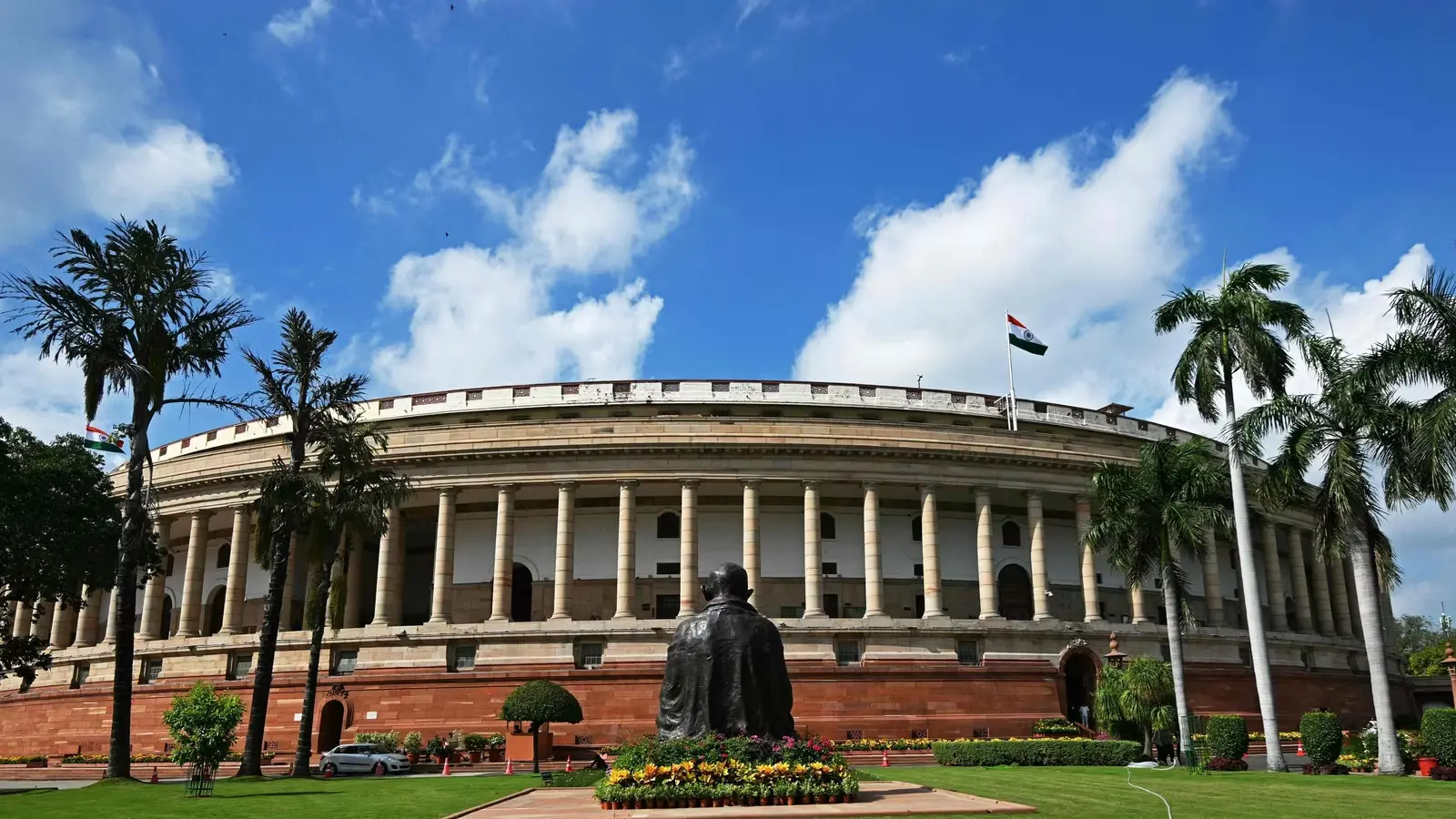On 11 August 2023, the Minister of Home Affairs, introduced 3 bills in the Lok Sabha. The legal sector of the country was drastically agitated on the introduction of the three bills, out of which one was Bhartiya Nyaya Sanhita which set to replace the Indian Penal Code. The Indian Penal code has been governing the way crimes are dealt within India since the Pre-independence Era. As the country develops, the ministry and legal sectors reason out the need to for a change in laws to make them more dynamic and this is what the legislature aims to do by introducing the Bhartya Nyaya Sanhita also known as BNS. Through this blog let us understand the comparison between the BNS and IPC this is being replaced.
- Consolidation of Crimes: The crimes against women provided under the Special and Local Laws aim to obliterate the immoral and sinful practices and exploitation of women and children in the society. These laws are periodically reviewed and amended in order to bring off promptness with arising needs. In the Indian Penal Code, crimes against women and children are scattered in different categories such as Acid Attack (Section 326), Rape and attempt to commit rape (section 375, section 376/511, etc), voyeurism and stalking (section 354 C, Section 354 D), etc. but now they are consolidated under one head in Chapter 5 of the Bhartiya Nyaya Sanhita.
- Gender Neutrality: The definition of gender in section 2 (10) of BNS, i.e. In Section 8 IPC only included “male and female” genders. The new definition of gender in section 2(10) of BNS recognised “Transgenders” it was modified to include transgender as a person. In BNS, importing boys under the age of 18 for illicit intercourse with another person is also considered an offence, meanwhile in IPC, only importing girls for this purpose was considered a crime.
- Changes in Sedition Laws: Instead of the provision providing punishment for sedition in IPC, a provision of punishing treasons had been added in the BNS under Section 150, which seeks to criminalise “acts endangering sovereignty, unity and integrity of India” and punishes them with imprisonment for life or with imprisonment which may extend to seven years and fine. BNS also penalises the following: – exciting or attempting to excite secession, armed rebellion or subversive activities and encouraging feeling of separatist activities these offences may involve exchange of words or signs, electronic communication or use of financial means.
- Higher Punishment for Sexual offences: Punishment of rape has been increased from 7 to 10 years and the offender will be punished with rigorous imprisonment under BNS, when earlier, in IPC, the punishment could be of either description. Gang rape of a woman under 18 years of age will attract the death penalty and age of consent mentioned in section 63 of BNS provides that sexual intercourse or sexual acts by a man with his wife, the wife not being under 18 years of age, is not rape, as seen in IPC under section 375 the age limit was 15 years.
- Expansion of the Scope of Crime: The Chapter of Theft now includes forgery of an electric record and theft of identity. The theft of intangible assets will also come under theft of movable property as the definition of movable property has been expanded. The protection of victims of sexual offences is expanded by the protection of their identities.
- Introducing Provisions for crimes not mentioned before: Snatching as an offence was not included in IPC whereas, it has been added under the chapter of theft. Petty organised crimes have also found a place right below the organised crimes in BNS. Terrorist Act has been finally added as an offence under Section 113. Mob lynching has been included in the provision for punishment for murder under Section 103(2). There is also a provision of punishment for sexual intercourse with a false promise to marry under Section 69.
Conclusion
There are some changes that have been brought by the Bhartiya Nyaya Sanhita to the provisions and punishment of offences which was mentioned under the Indian Penal Code. The aim of this change is to address the crimes in precise and proper formed manner. However, it cannot be said that there are no negative effects for the same, as the problems can only be addressed later followed by the amendment further. There are negative impacts on the sedation laws as they are still being misused in present scenario, there is always a room to make changes and improve the laws as time comes.
By: Natasha Rama Rocha, BBA. LLB., Intern at AH Legal Co., Student of ISBR Law College Bengaluru, KSLU














